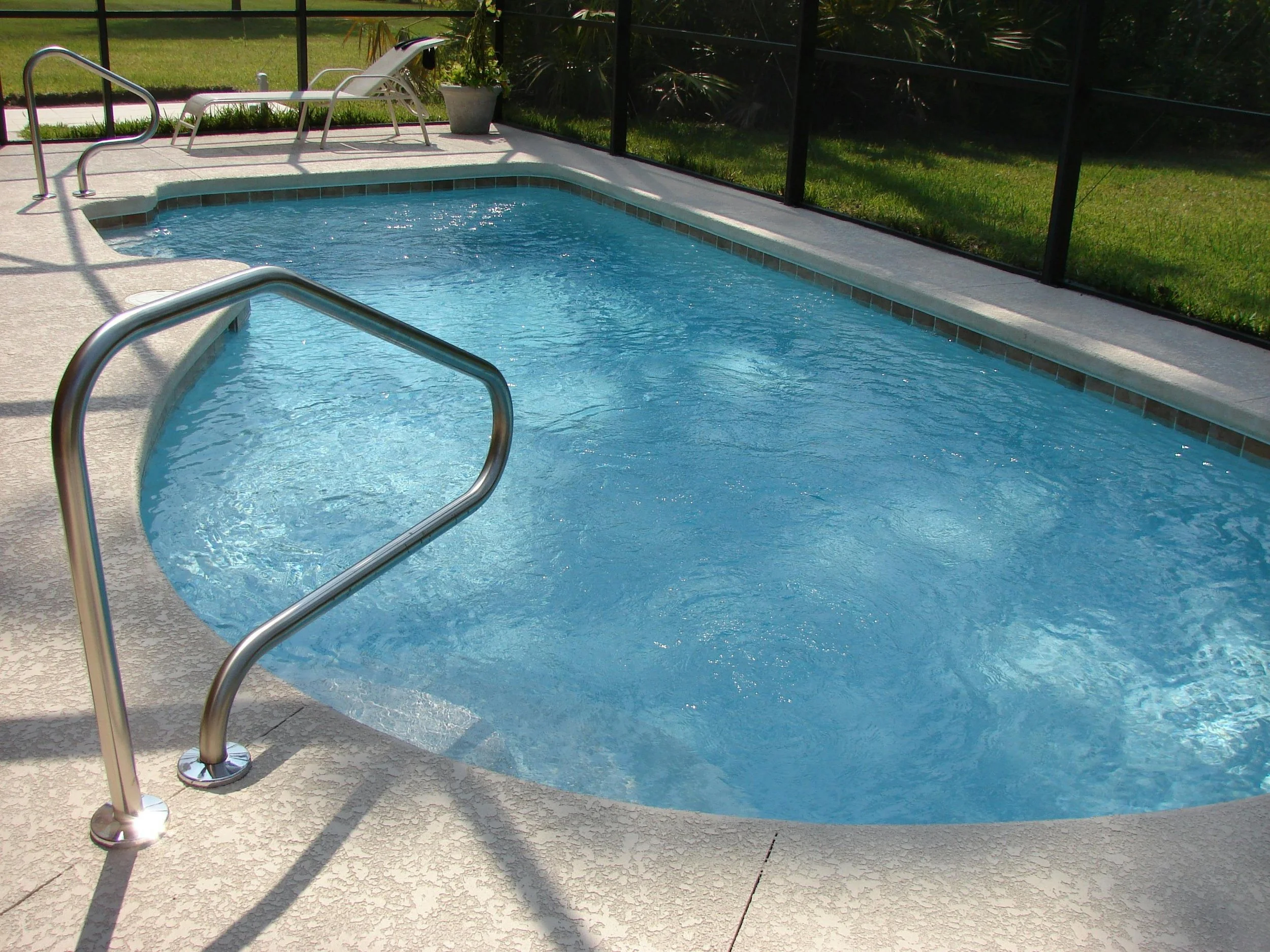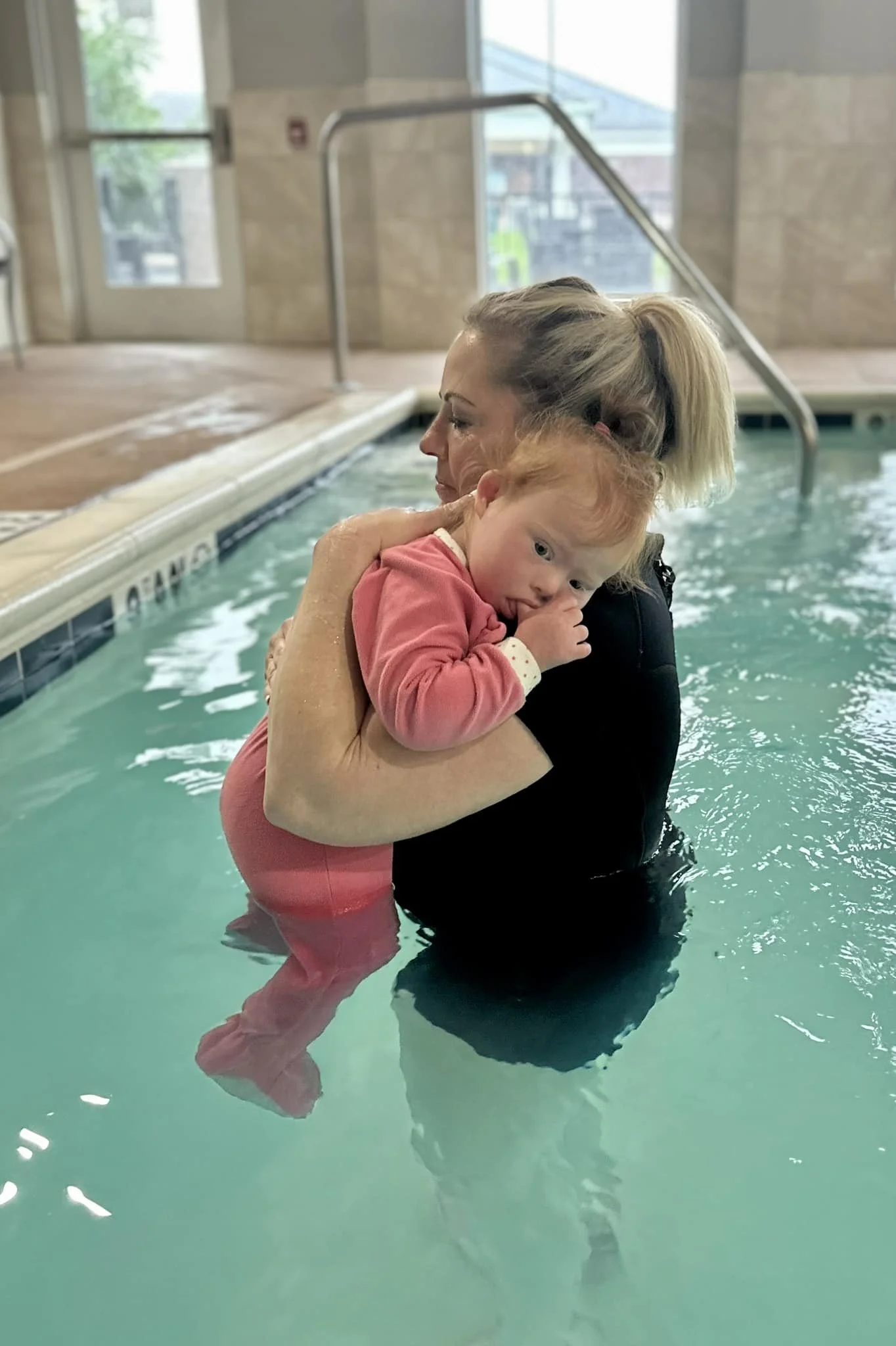HI, I’M MOLLY!
Most of my students know me as Miss Molly.
I became a mom over 20 years ago, and like many new parents, my greatest fear was that something might happen to my child. I bought the safest car seat, got CPR certified, and childproofed every cabinet in the house. I did everything I could to protect her, but what I didn’t realize was that I could also equip her to protect herself.
That realization came when I discovered the life-changing value of survival swim lessons. These lessons gave my daughter the skills she needed to save herself if she were ever in danger. Years later, I enrolled my twins in the very same program, and once they graduated, I knew this was my calling. I became a Certified Survival Swim Instructor so I could give other families the same peace of mind.
Since earning my certification in 2013, I’ve taught survival swim to over 2,000 children right here in Louisville, Kentucky. Every child I work with receives a lesson plan tailored to their specific needs, abilities, and pace. My mission is to empower your child with the skills to respond confidently and safely in the water, because seconds count, and confidence matters.
This work is more than just a job to me, it’s a purpose. I care deeply about the kids I teach and the families I meet. My goal is simple: to make every parent feel supported and every child feel safe, special, and seen.
WHAT YOUR SWIMMER WILL LEARN:
The Roll Back to Float:
This lesson type is for infants and toddlers who are not walking yet.
Your child will learn how to rollback to float should they ever find themselves alone in the water. There are at least seven different ways a baby can fall or enter the water, we will go through all of them with and without clothes.
The Swim Float Stop
This lesson type is for toddlers who are walking to about 18 months old. Your child will learn a short swim and the rollback to float.
Typically children this age are not psychologically equipped to turn back over and swim again to do the whole swim float swim sequence.
the float TO swim
This lesson type is for children who have learned how to rollback to float.
Our lessons are held in 12-minute sessions, four days a week. You will have an assigned time for your lesson that you will keep throughout your session.
Each session is tailored to your child’s unique needs and abilities, with the overall program designed to help most children complete it within 4 to 6 weeks.
GETTING STARTED
As your instructor, I closely monitor your child’s progress and adjust each lesson accordingly.
It’s normal for children to react differently to the learning process—some may become upset and cry. These responses are a natural part of the learning journey. Most children will stop fussing after a week or so of lessons. Trust in the process and know that your child is growing through each step.
the SEVEN layers of protection:
1. Constant, Capable Supervision
Always designate a responsible adult as a Water Watcher — someone who is actively watching the water at all times without distractions (no phones, no socializing, no alcohol). Drowning can happen quickly and quietly, even in shallow water.
2. Barriers and Alarms
Use four-sided isolation fences with self-latching gates around pools, and install door and pool alarms to alert you if someone accesses water unsupervised. These physical barriers are critical for buying time and preventing accidents, especially for toddlers.
3. Swim and Survival Skills
Enroll children in high-quality swim lessons that teach them water safety, floating, and survival techniques — not just how to splash and play. Programs like survival swim teach kids how to save themselves if they fall in.
4. Life Jackets
Use U.S. Coast Guard-approved life jackets in open water, on boats, or anytime strong currents are present. Avoid relying on inflatable toys or puddle jumpers — they’re not life-saving devices.
5. Emergency Preparedness
Ensure all supervising adults are CPR and first aid certified and know how to respond in an emergency. Keep a phone, rescue tools, and a first aid kit close to the pool or swim area.
6. Water Awareness at Home
Supervise bath time, empty buckets and kiddie pools immediately after use, and keep toilet lids closed. Drowning can happen in as little as one inch of water — water safety starts at home.
7. Layers, Not Limits
No single layer is enough on its own. True water safety is about combining all seven layers — creating a system of prevention, response, and education to reduce risks and protect lives.

WHAT THE DATA TELLS US
About 87% of drowning deaths in children under 5 occur in home pools or hot tubs.
Drowning is the leading cause of unintentional injury-related death in children aged 1-4 years.
Over 50% of adults who drown have never taken swimming lessons.
Drowning is the leading cause of unintentional injury-related death in children aged 1-4 years.
-
Our lessons are held in 12-minute sessions, four days a week.
-
Each session is tailored to your child’s unique needs and abilities, with the overall program designed to help most children complete it within 4 to 6 weeks.
-
Your registration fee is $85 and then it’s $120 per week. Your first week of lesson fees are due upon setting up your time slot and start date. After your lessons begin your weekly payment will be due on Friday and will cover your upcoming week of lessons. In the unlikely event a class is canceled you will be prorated weekly fees.
-
Please read the provided materials carefully to ensure your child has the appropriate towels, clothing, and swim diapers. Arrive at the pool early enough to get your child ready before their scheduled start time. Lessons are 12 minutes long, with students scheduled back-to-back, so punctuality is essential for everyone’s convenience.
-
As your instructor, I closely monitor your child’s progress and adjust each lesson accordingly.
It’s normal for children to react differently to the learning process—some may become upset and cry. These responses are a natural part of the learning journey. Most children will stop fussing after a week or so of lessons. Trust in the process and know that your child is growing through each step.



